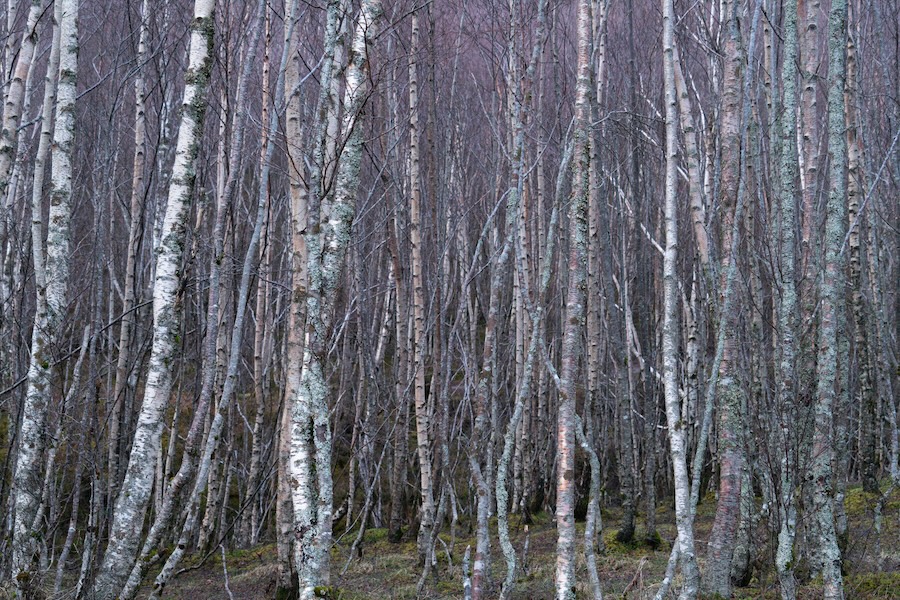The climate emergency and its impacts on forest ecosystems are pushing forest managers to diversify species to strengthen forests’ resilience. In this context, the silver birch of growing interest as a poorly exploited but promising species for forest diversification in Western Europe. However, productivity estimates for this species remain imprecise in North-West Europe.
This article aims to establish dominant height growth curves for birch in southern Belgium and to identify the biophysical factors influencing its productivity.
Sixteen growth models were tested on a dataset of 68 birch trees from 40 stands. The Duplat and Tran-Ha I model proved to be the most effective at predicting dominant height growth. Based on this model, the site fertility index (SI) was estimated for 103 stands and analysed according to biophysical variables (climatic, edaphic and topographic). The final model showed a positive influence of mean annual temperature on the SI, although this relationship is attenuated when the maximum water retention capacity of the soil is low.
Finally, a map of the birch production potential in the region studied was produced, highlighting the ecological conditions favourable to its forestry exploitation.


